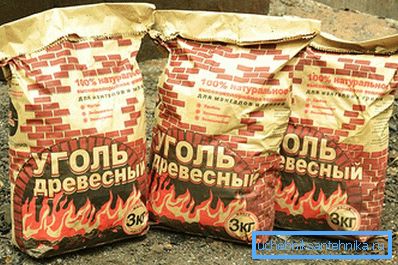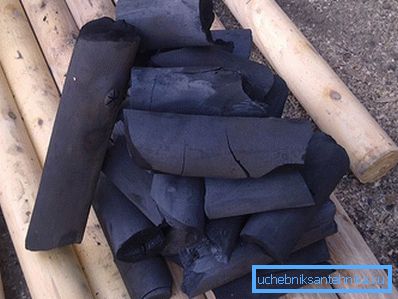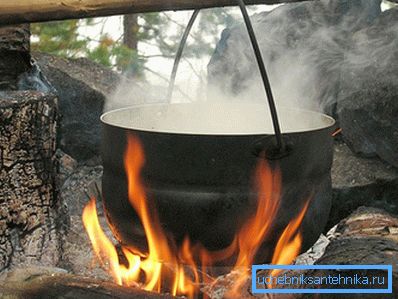Water filter for yourself
Those days have long passed when it was possible to drink water from almost any source without harm to your health. You can get clean water using different cleaning systems, the range of which is very large, but being in the country or on a hike is not always possible to use industrial installations, then an improvised cleaning device can come to our aid. In this article we will tell you how to make a filter for water purification with your own hands.
One of the simplest filters you can make yourself is a carbon filter jug. This filter for water purification is convenient to use at the cottage or in field conditions. It is very simple to manufacture and it can be built in a short time from scrap materials. With this filter you can clean the water from a wide range of contaminants:
- pesticides;
- nitrites and nitrates;
- petroleum products;
- organic matter;
- smell.
Preparation of filter materials

Before you make a filter, you need to prepare filter materials. The main loading of the filter is activated (charcoal) charcoal, you can also use tablets of activated charcoal, but they are not always in large quantities at hand, so consider the option of a filter with charcoal.

Charcoal can be made independently or use the purchase for a barbecue that is sold in stores. If you make coal yourself, then you need to take only hardwood trees, the best thing for this purpose is birch.
Prepare charcoal by burning logs on the fire. In order to get the coals with the best adsorption properties, they need to be burned without air, this can be done by putting the logs in a closed metal container that needs to be set on fire. In the process of such burning, tar and moisture are removed from the coal. This is a long process, but burning without air access increases the number of pores, thereby increasing the adsorption properties of coal.
As an additional filtration layer, river sand can be used; it will function as a coarse filter, retaining suspended and undissolved particles. Sand must be thoroughly washed, it must also be disinfected, calcined or boiled in a metal container.
The filter jug from plastic capacity

For the filter housing, you can take a plastic bottle out of the water or a canister of food grade polyethylene. The size of the bottle or canister depends on the amount of water we are going to clean: the larger the volume, the higher the filter capacity. It is very convenient to use a five-liter plastic bottle to create a filter. In the bottle you need to cut off the bottom, and in the cap to drill holes through which purified water will flow.
The hull is ready, now you need to fill it with our filter materials, coal and sand. Before use, charcoal must be crushed to the size of the small fraction from 1 mm to 0.1 cm and sift, it is not necessary to turn it into dust. One way to crush the coal is to wrap it in a cloth and beat it with a hammer.
The first liters of filtered water must be drained, as they contain suspensions of coal dust. The performance of this filter is several liters per hour.
Inside the bottle, several layers of gauze fit into the bottom; other porous materials can also be used for this purpose, as long as they are non-toxic and pass water. Under field conditions, gauze can be replaced by grass or moss with sphagnum - it also has bactericidal properties. A layer of charcoal is poured on a tightly laid gauze layer. At the bottom you need to put larger embers, coal should occupy 3/4 of the volume of our filter. On top of the carbon filter, a layer of gauze is laid again, and sand is poured from above so that there is still free space for water. In order that sand when pouring water was not washed away, from above it is possible to put thin river pebble. All our filter is ready to go.

If the water being cleaned is taken from a surface source, then after filtration, the water must be boiled, as it may contain bacteria, E. coli, etc., which the filter does not remove. For accumulation and supply of clean water, it is practical to install a filter on a plastic canister or bucket, and to install a tap for the removal of filtered water from below.
The coal load needs to be changed at least 3-4 weeks later - it all depends on the amount of filtered water and the degree of pollution, it may need to be changed more often. Sand changes less frequently, in 2–3 months, but it can be not completely replaced, but regenerated by washing with water.
A filter made by itself is not inferior in its efficiency to industrial filters, and in production and operation it will cost many times less.
Video
Watch the video about making a homemade water filter: